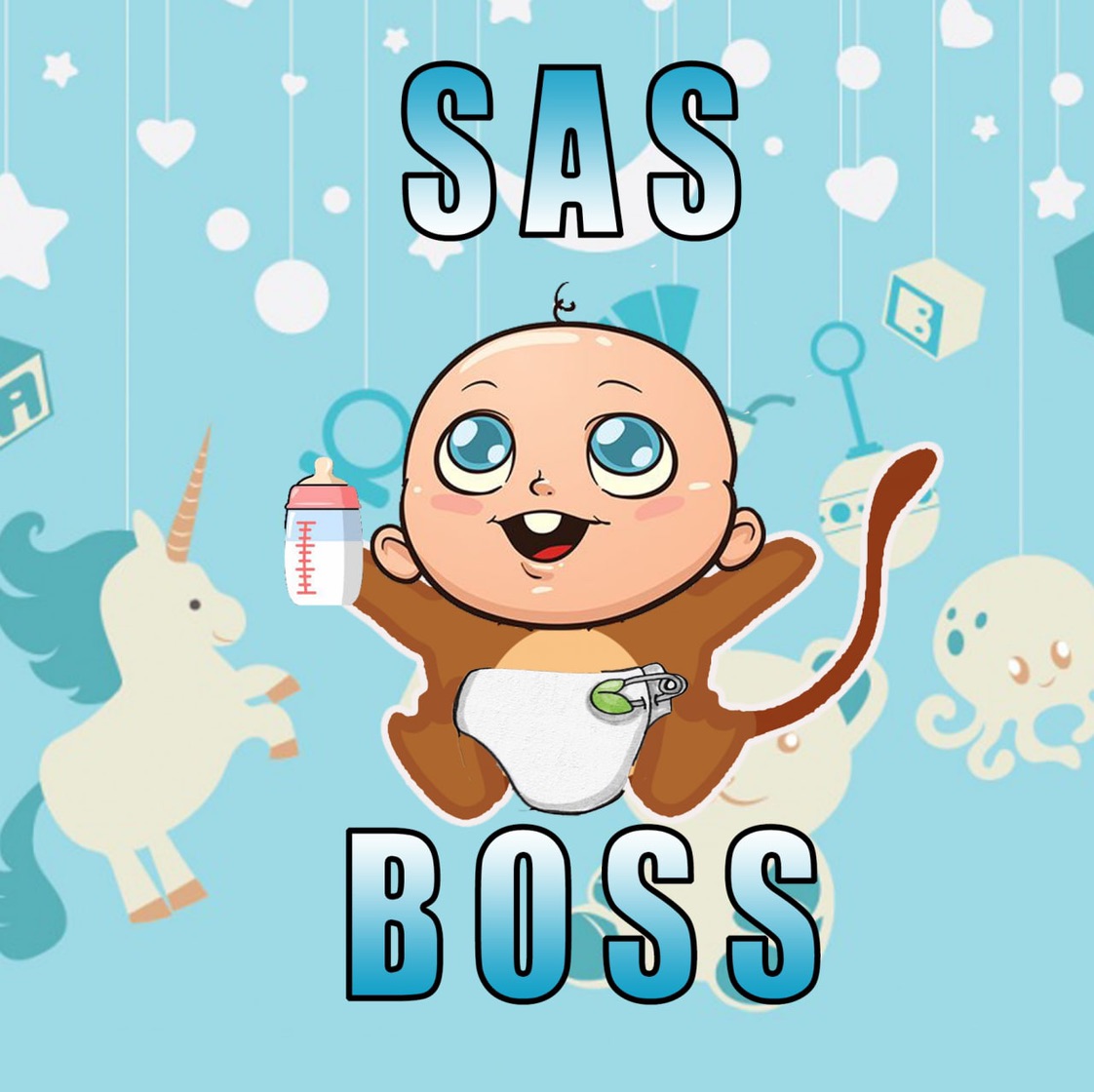
Sashiimi
No personal profile
1Follow
24Followers
0Topic
0Badge
Boomz
Sorry, the original content has been removed
Please like and comment for rewards!
Tesla Bulls Look for Stock Catalysts. They Found Three.
Trading day again!
To the moon! //@Sashiimi:Nice
@Sashiimi:Long weekend is over!!
Nice
@Sashiimi:Long weekend is over!!
Long weekend is over!!
Long weekend…
Nice…
Sorry, the original content has been removed
Like and comment for rewards!
Sorry, the original content has been removed
Please like and comment for rewards!
ZipRecruiter Is Going Public This Month. What to Know.
Yes! ??
Sorry, the original content has been removed
//@Sashiimi:Please like and comment for rewards! Nice
Bill and Melinda Gates are getting divorced. Here are some stocks they owned
Boring weekends
Hmm bear day?
Please like and comment for rewards!
Bill and Melinda Gates are getting divorced. Here are some stocks they owned
Please like and comment for rewards!
Sorry, the original content has been removed
Please like and comment for rewards!
Sorry, the original content has been removed
Please like and comment for rewards!
Sorry, the original content has been removed
Please like and comment for rewards!
Sorry, the original content has been removed
Please like and comment for rewards!
U.S. cruise stocks rose across the board
Go to Tiger App to see more news